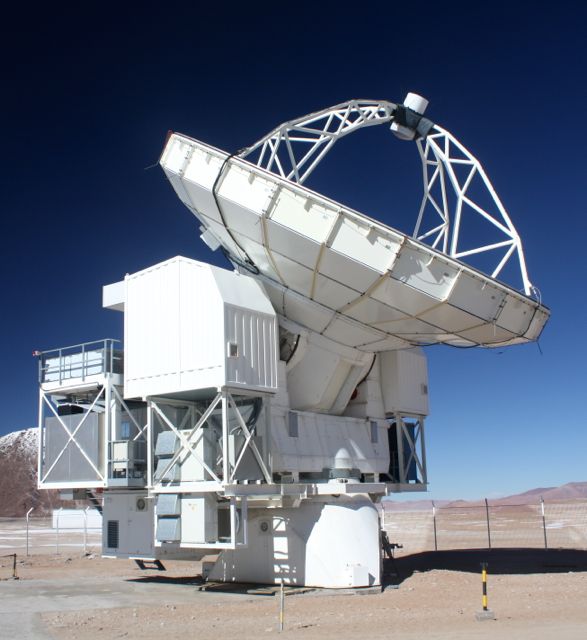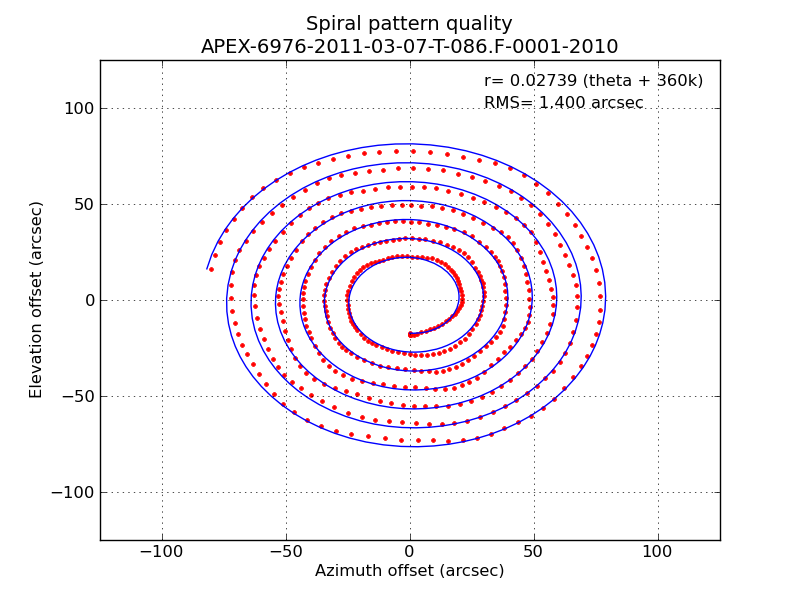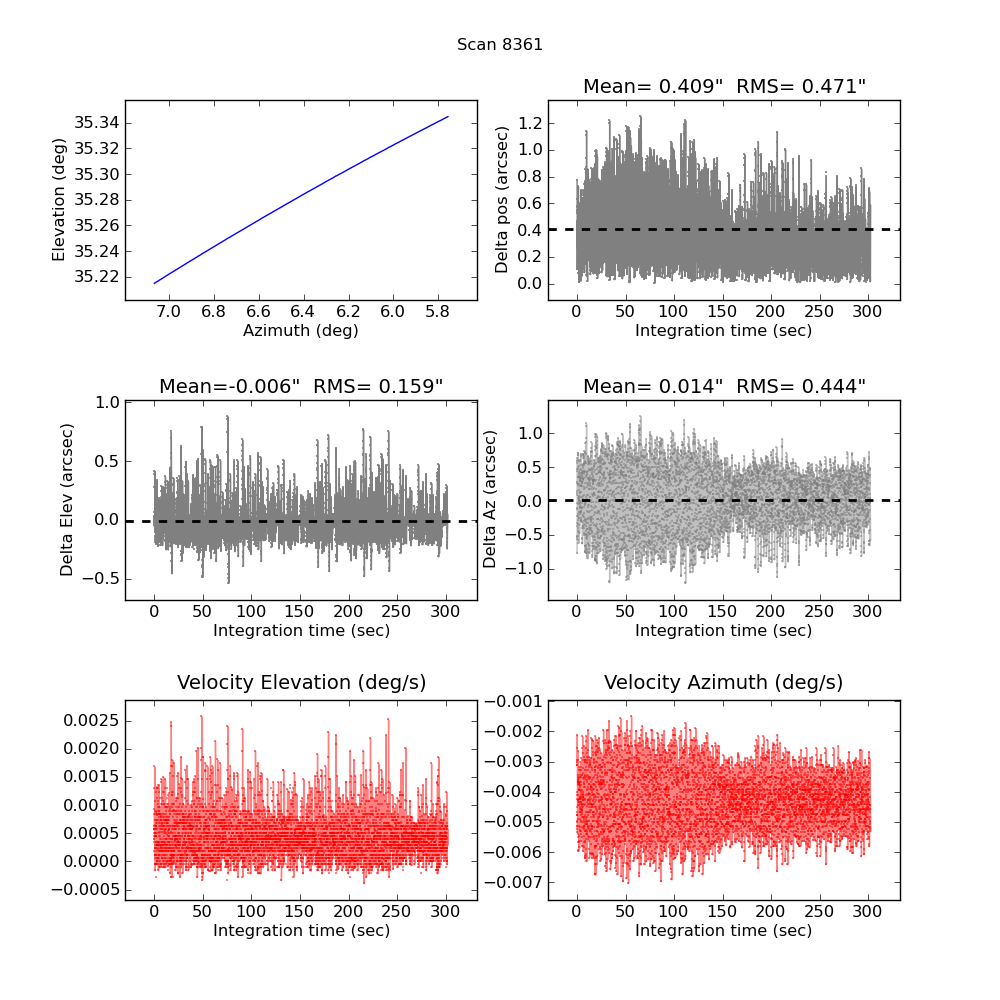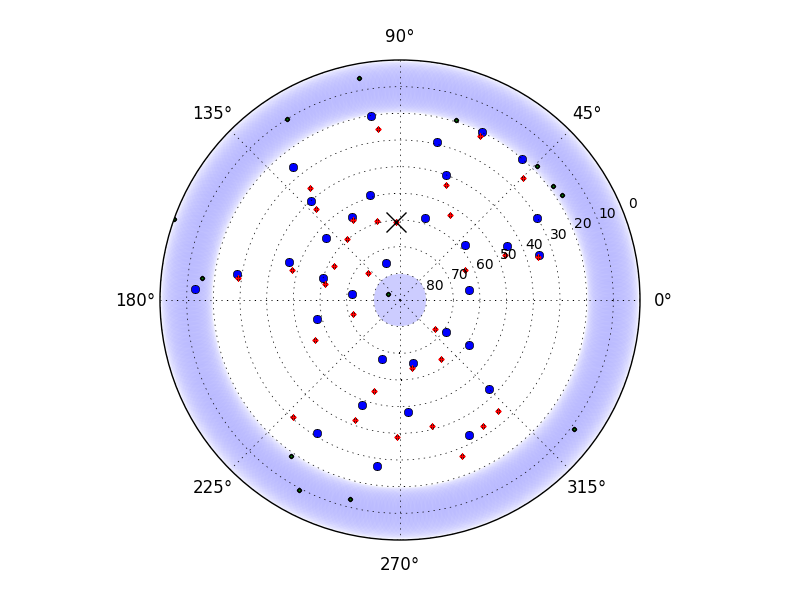Francisco M. Montenegro Montes
Science Operations Astronomer @ APEX

I joined ESO as APEX operations astronomer in November 2008. Since then, I work regular shifts in Sequitor (San Pedro de Atacama) and the Chajnantor plateau where APEX is located. To date, I have spent at APEX nearly 500 nights, being about half of them Astronomer on Duty.
As an APEX science operations astronomer the principal tasks to carry out are:
- Execute observations in service mode taking care of the calibration and
quality control of the collected data. Give support to visiting astronomers
so they can participate from the observations.
- Design, schedule and execute technical procedures to ensure the quality
of the scientific observations. Such procedures aim, for instance, at improving
the pointing accuracy or the calibration of the different receivers.
- Monitor the performance of the antenna and its instrumentation to quickly
detect potential issues affecting observations.
- Schedule and participate in the maintenance of instruments. This includes
handling cryogenic liquids.
- Produce reports and documentation needed for science operations. Interact with other astronomers, operators and system/software engineers.
Specifically, the main duties assigned to me at APEX are:
- Be responsible of the monitoring of the antenna subsystems. Participate
in the development and execution of procedures to assess the performance
of: metrology system (displacement sensors, tilt-meter), antenna tracking
and pointing, wobbler, dish surface accuracy.
- Be responsible of the data archiving procedures. Develop tools to prepare
APEX data to be sent to ESO Garching for archiving. Lead the migration towards
an automated system which processes and sends data through the network on a
daily basis, making use of the EVALSO
infrastructure. Check more about this topic in the
poster I presented in the Ringberg meeting
"Science with the Atacama Pathfinder Experiment" (February 2012).
- Participate in the commisioning of the upgraded metrology system installed in early 2011.
Nice tools I developed
- Tracking accuracy through spiral shape. A good tracking is important to perform
observations, specially at high frequencies, where the beam becomes smaller. I have designed an
algorithm to measure the quality of the antenna
tracking by analysing how different is the spiral observing pattern of a typical bolometer
observation from an ideal spiral. Here there is an example of the fitting procedure and the
produced plot.

- Sidereal tracking Another way of assessing tracking performance is to compare
commanded vs actual antenna position while following a source in the sky. I designed a tracking
tool to do this regularly. With the collected data I keep populating a database to keep track
of variations in the performance as a function of time.

- Pointing sessions are necessary to regularly check the pointing models in use for the
different receivers and improve them. I implemented an algorithm to optimize the coverage over
the sky in a pointing run, given a catalog of pointing sources. Here is one example of the
coverage obtained for a real session (blue points are observed positions; red points are available
sources for the current time; black cross points to the next selected source to maximize
coverage).

The views expressed on these web pages are those of
the page author and do not necessarily reflect the
views of ESO.
This is not an an official ESO webpage
This is not an an official ESO webpage